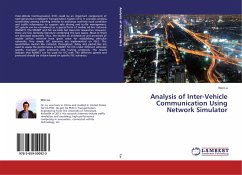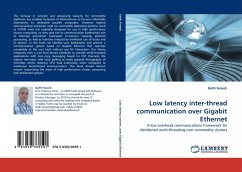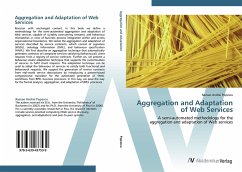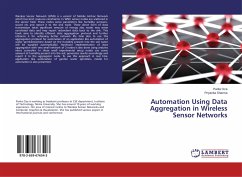A common issue specific to inter-vehicle communication (IVC) is the limited bandwidth of the wireless medium. With an increased traffic density, such as rush hours and traffic jams, VANET nodes compete for the medium access. This process can subsequently lead to a running out of bandwidth resources, if every vehicle starts disseminating its own, individual data. In this respect, the necessity of an efficient radio resource management becomes obvious and utterly important. One current solution in coping with this drawback is the data aggregation technique. The present work is dedicated to the design and evaluation of a novel cluster-based aggregation protocol (referred to as CBAP), which defines a set of rules and procedures intended for data aggregation based on predefined cluster structures. The proposed protocol is regarded as a complex mechanism consisting of two component sub-protocols: a clustering algorithm, grouping vehicles into cluster entities, and an aggregation scheme, deploying in-network and hierarchical data aggregations atop the prebuilt clusters.








